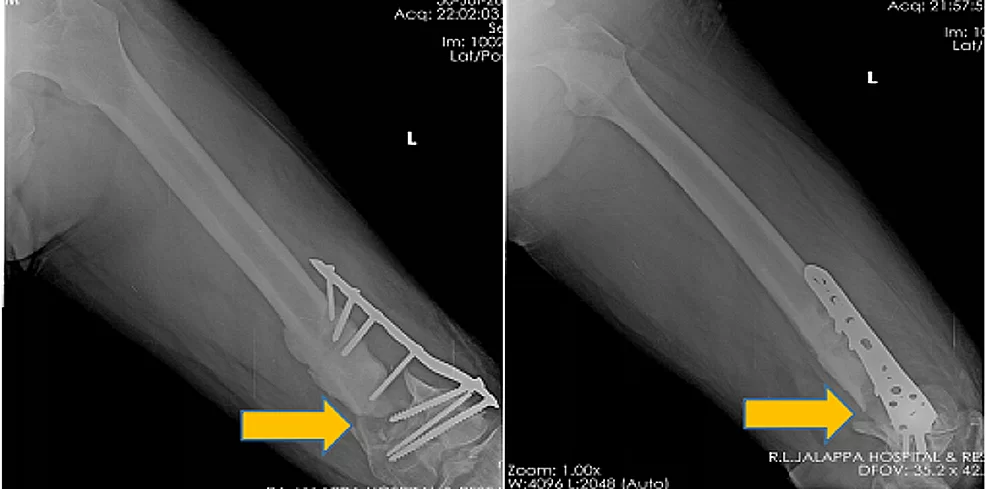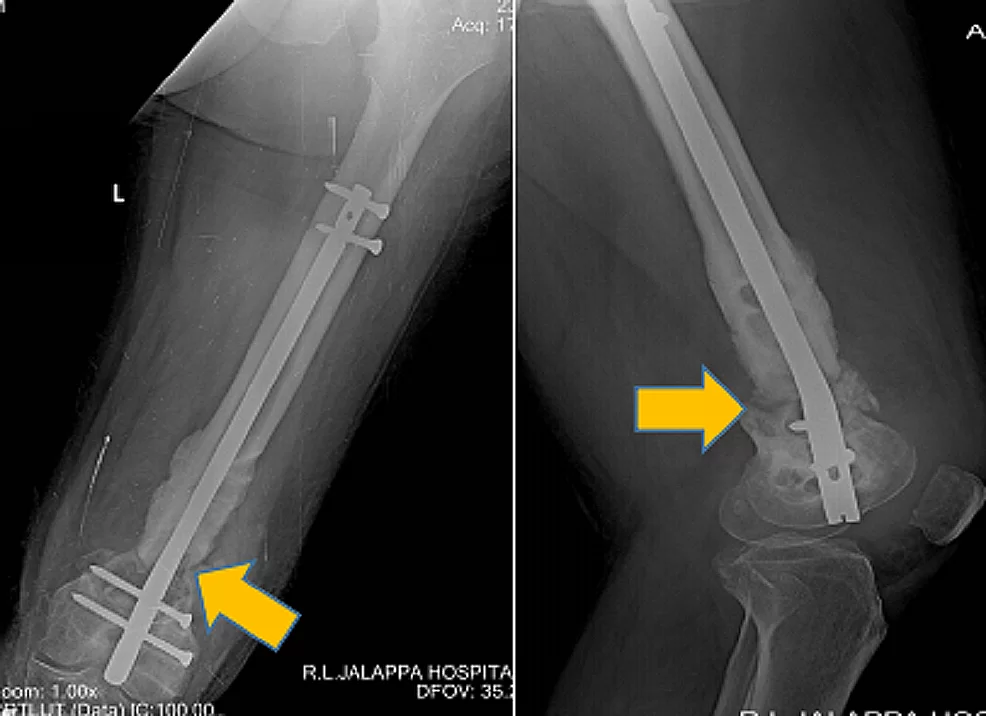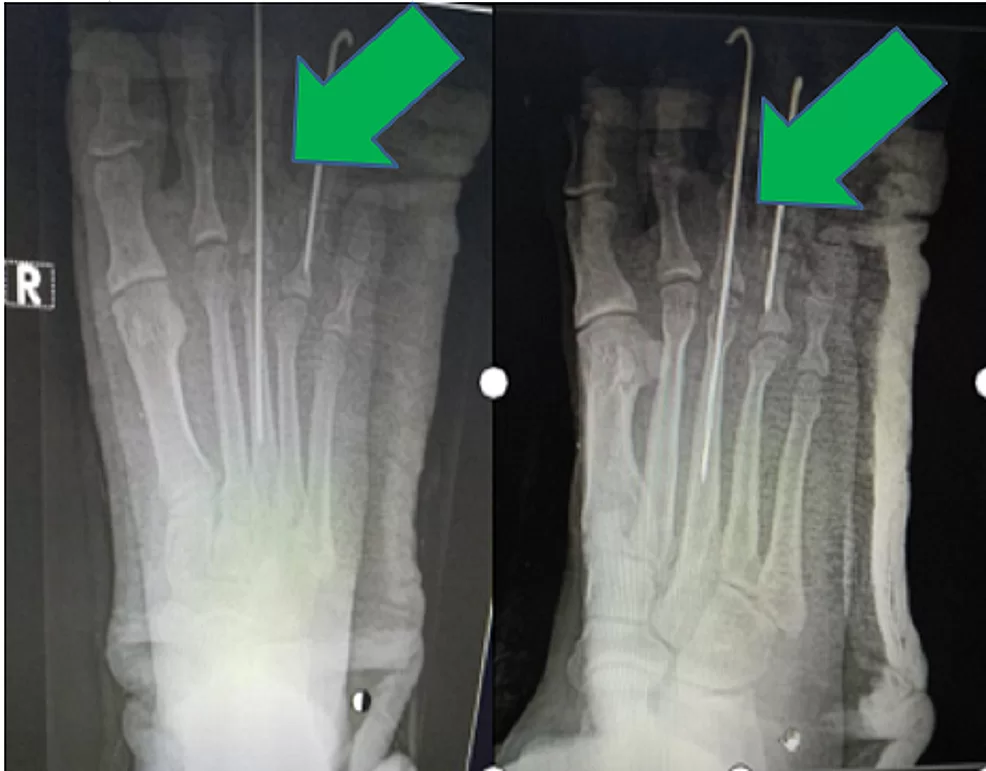The Department of Orthopaedics was established at R.L. Jalappa Hospital
and Research Centre in 1988 and has progressed well from its initial
stages, to a fully equipped department with skilled faculty providing
compressive trauma care and sub-speciality services. The Dept. has 3
Units and each unit has 2 OPD along with speciality clinics and 2 OT
days per week.
Orthopaedic wards have total bed strength of 110. We have exclusive
Orthopaedic operation theatres with laminar air flow, with C-Arm’s and
all the required instrumentation and implants.
It is an honor and privilege to serve as Chair for our storied Department. Our
rich history provides a solid foundation for us to further grow our Mission. With
reverence to our past, we are looking to our future as leaders of musculoskeletal
health care. Earlier this year, the faculty developed a strategic plan to guide us
for the next five years. We have quite an ambitious agenda and need support to
realize all we would like to do to grow and enhance our mission.
Our department includes fellowship-trained subspecialists in all major areas of
orthopedic surgery, including arthroplasty, foot and ankle, spine, pelvis and
acetabular surgeries, sports medicine, and orthopedic oncology. Additionally,
our team includes highly trained physicians specializing in non-operative
treatment of musculoskeletal ailments and injuries. We pride ourselves on a
multidisciplinary approach to ensure every one of our patients receives
personalized care tailored to their condition and circumstance.
The Department of Orthopedic Surgery is not only committed to providing
expert care today but is also dedicated to discovering the most effective
musculoskeletal treatments of tomorrow. Every year, eight promising medical
students are selected from a pool of over thousands of NEET passed candidates
to enter into our three-year comprehensive Orthopaedic surgery training
program. Our dedicated faculty are committed to ensuring that future surgeons
are prepared to provide the highest level of care to meet their patients' needs in
an ever-changing and complex health care system.
When you receive treatment at R L Jalappa hospital and research Centre, your
healthcare team will stand by you from diagnosis through post-operative care.
Thanks to our residents, physical therapists, social workers, and other
specialized doctors, we are poised to lead you on the road to recovery.
With a dedication to your long-term well-being, our team will be with you every
step of the way as you make your transition from treatment at R L Jalappa
hospital and research Centre to your return home and back to your daily life.






























